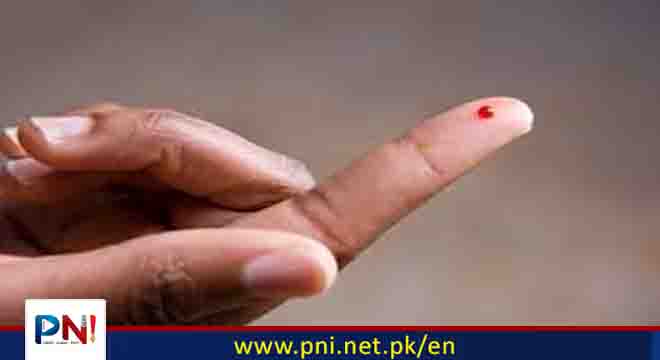Islamabad, Oct 15 (Online): The blood in our bodies is a complex fluid. It contains red blood cells, which bring oxygen to our body’s tissues; white blood cells, our body’s infection-fighting army; and platelets, which clump together to help stop bleeding. A special protein called hemoglobin in red blood cells is what gives our blood its beautiful red color.
The yellowy, liquid portion of blood is called plasma. Most of it – over 90% of it – is water, but the remaining portion contains molecules that help our blood clot and stop bleeding.
The bone marrow, located in the center of our bones, is the factory that makes the cells circulating in our bloodstream.
Once blood cells are made, they move into blood vessels – rubbery tubes that form roads traveling through our entire body. Veins are the vessels that carry blood to the heart, while arteries carry blood to the rest of the body. The biggest vessels can be the width of a garden hose, while the smallest can be tinier than a human hair. Blood travels 12,000 miles through the vessels of an adult every single day!
The heart is the powerful engine that pushes blood through those tubes to deliver oxygen and nutrients to our organs and skin. First, the right side of the heart pumps the blood into the lungs, which contains oxygen from the air we breathe. Here, the hemoglobin in red blood cells grabs oxygen and take it back to the heart.
The left side of the heart then pumps that oxygen-rich blood to the rest of the body. After red blood cells drop off their oxygen cargo, they are pumped back to the right side of the heart to get more oxygen and repeat their tour of the body again.
Follow the PNI Facebook page for the latest news and updates.








